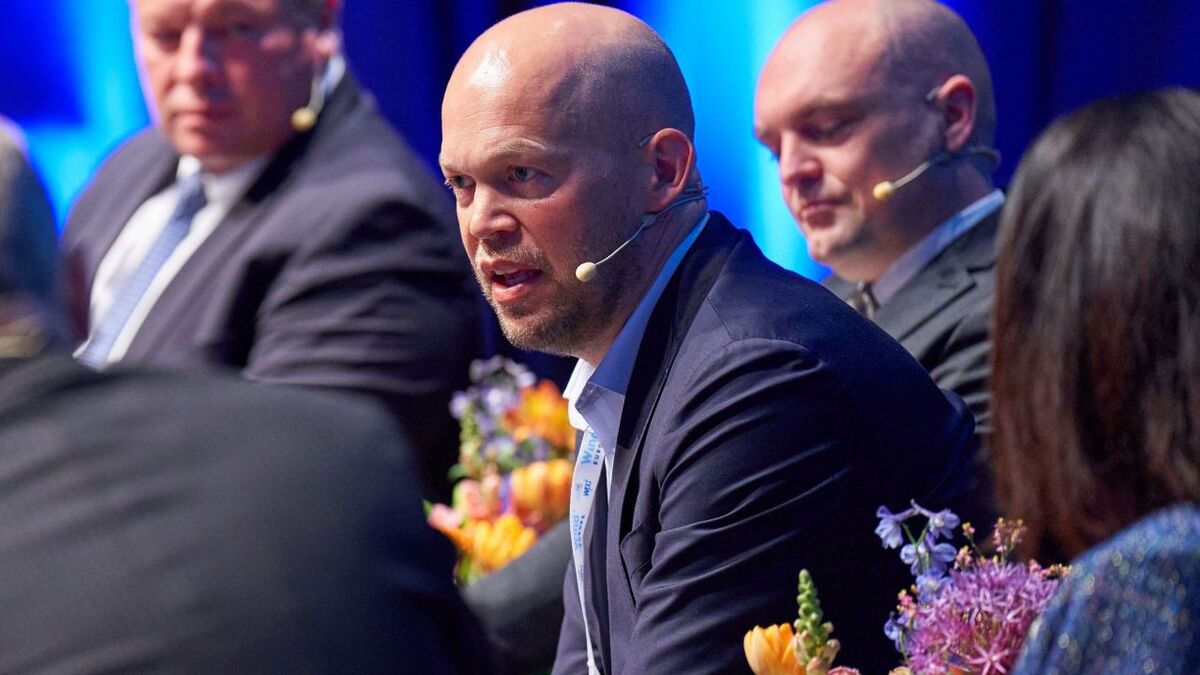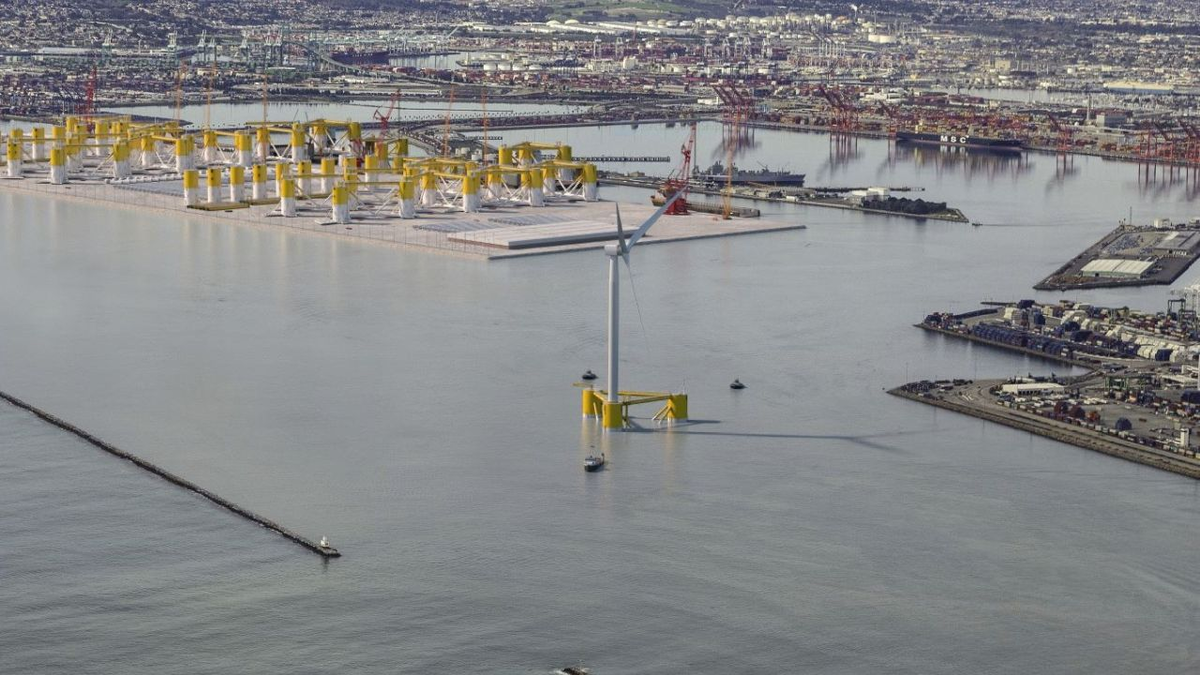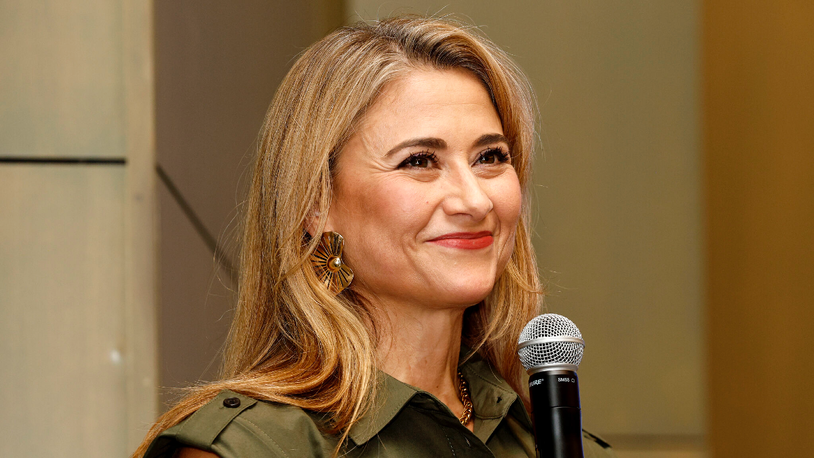Business Sectors
Contents
Our Webinar Library
An opportunity to hear international experts and industry stakeholders discuss the latest issues from your desk
Next-generation CTVs: enhanced designs for enhanced operations
Diesel-driven catamarans have dominated the crew transfer vessel (CTV) market for years but are being displaced by new types of vessel with enhanced performance and operability and reduced emissions. New designs that combine features of a service operation vessel and a CTV have been proposed. New forms of propulsion such as batteries, hydrogen and hybrids, new hullforms and new technology are being introduced to make vessels safer and more cost-effective. This webinar will take the pulse of the CTV sector, examine technical and operational issues for CTVs and highlight options available to owners and charterers.
2 November 2020
Moderator:
Edwin Lampert, Executive Editor & Head of Business Relations, Riviera Maritime Media
Panellists:
Simon Schofield, CTO, Bar Technologies
Kerrie Forster, Chief Executive Officer, The Workboat Association
Olav Kjetil Opheim, Managing Director, World Inertia Naval Design
Download the presentation documents here
Webinar review:
Webinar registrations - 113
Duration - 63:38
Number of live questions - 40
Top 3 questions:
1. CTV operators would maybe benefit from a CFD before building a new vessel?
2. What limit do you see for CTV operations in term of significant wave height or distance from shore? A what point should an operator shift to a different transport and transfer solution and what are the drivers to this choice ?
3. 25m-30 m 24 passenger seems to be the standard format for CTVs today. Do you see the market needing completely different format CTVs in the near future? Or will SATV or other larger CTVs stay an exception ?
DOWNLOAD FULL QUESTIONS AND ANSWERS HERE
Upcoming Webinars
Vessel Optimisation Webinar Week
Marine Coatings Webinar Week
Maritime Environmental Protection Webinar Week
Related to this Story
Events
LNG Shipping & Terminals Conference 2025
Vessel Optimisation Webinar Week
Marine Coatings Webinar Week
© 2024 Riviera Maritime Media Ltd.








